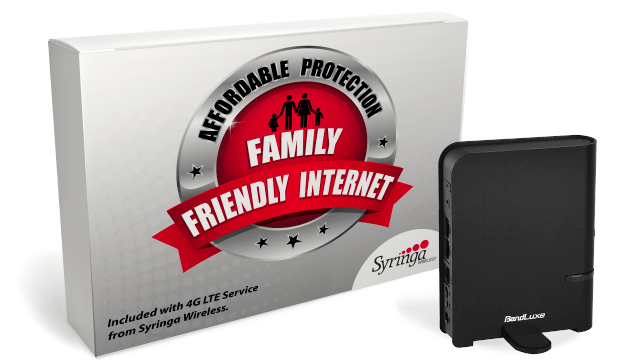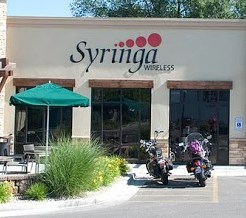 Cincinnati Bell is an island in the middle of a sea of AT&T — offering over 258,000 southwestern Ohio residents and businesses access to a fiber to the home network that has kept customer disconnects down and broadband speeds up.
Cincinnati Bell is an island in the middle of a sea of AT&T — offering over 258,000 southwestern Ohio residents and businesses access to a fiber to the home network that has kept customer disconnects down and broadband speeds up.
Now the phone company says it is ready for any speed increases on tap from competitor Time Warner Cable and has the capacity to bring gigabit speeds to Cincinnati as soon as enough customers ask. But first it has to expand its footprint.
 The company has plans to bring Fioptics to 35 percent of Cincinnati by the end of this year, according to Leigh Fox, chief technology officer for Cincinnati Bell. The company has successfully upgraded its fiber network to offer 53,000 more homes a fiber alternative to Time Warner Cable during the first nine months of this year. At least 29 percent of Cincinnati residents have cut Time Warner Cable’s cord at least once, trying the fiber to the home service.
The company has plans to bring Fioptics to 35 percent of Cincinnati by the end of this year, according to Leigh Fox, chief technology officer for Cincinnati Bell. The company has successfully upgraded its fiber network to offer 53,000 more homes a fiber alternative to Time Warner Cable during the first nine months of this year. At least 29 percent of Cincinnati residents have cut Time Warner Cable’s cord at least once, trying the fiber to the home service.
Cincinnati Bell wants a 50-70 percent penetration rate in the city, defined as the percentage of customers who have subscribed at least once.
“I am pretty confident on returns and we do have to hit a certain metric,” said Fox. “As an example, we just built out my neighborhood over the summer where in the first two weeks we had 23 percent penetration and after a month we had 43 percent penetration.”
Unlike AT&T which confines U-verse to larger population areas, Cincinnati Bell is continuing to invest in traditional ADSL/2+ service for the nearly half million customers throughout its service area that cannot get Fioptics service yet. The company claims the majority of these customers can now buy 10Mbps or faster DSL service, making Cincinnati Bell competitive with Time Warner Cable across the region. Higher, stable speeds are the phone company’s best defense against DSL disconnects. Most cable broadband growth comes at the expense of telephone company DSL customers leave behind.
Currently, the majority of Cincinnati Bell’s “non-techie” fiber customers are satisfied with 20Mbps service. Time Warner Cable is planning to offer up to 100Mbps in the near future, but Fox noted Fioptics has the capability to exceed those speeds ten times over, and said if enough customers want 1Gbps speed, Cincinnati Bell will offer it.


 Subscribe
Subscribe An independent cell phone provider in Idaho has found a unique niche to innovate beyond offering traditional cell phone service by launching unlimited 20Mbps home broadband Internet access over its wireless 4G LTE network.
An independent cell phone provider in Idaho has found a unique niche to innovate beyond offering traditional cell phone service by launching unlimited 20Mbps home broadband Internet access over its wireless 4G LTE network. Syringa’s fixed wireless broadband puts the company in a stronger position for a Wireless Internet Service Provider (WISP), because it is able to also market traditional cell phone service for its rural customer base. Syringa still sells unlimited smartphone data plans and has a roaming agreement with a major national carrier for cell phone users traveling outside of Syringa’s home service area.
Syringa’s fixed wireless broadband puts the company in a stronger position for a Wireless Internet Service Provider (WISP), because it is able to also market traditional cell phone service for its rural customer base. Syringa still sells unlimited smartphone data plans and has a roaming agreement with a major national carrier for cell phone users traveling outside of Syringa’s home service area. Cord-cutting is a real, measurable phenomena and is especially common among those under 30 who don’t care about traditional cable television service.
Cord-cutting is a real, measurable phenomena and is especially common among those under 30 who don’t care about traditional cable television service.

